I have been foraging for distractions from anxiety while under lockdown. I have come across some oddities and marvels in our own backyard to share on naturebackin.
Bubble-blowing flies seem to me to be both odd and marvellous. Most but not all species of flies do this as well as other types of insects including some species of wasps and bees. Though it looks like bubble-blowing, the flies are rather engaging in the regurgitation of droplets of fluid. A droplet, which may be clear or opaque, appears at the end of the fly’s proboscis (tongue). If watched for long enough, very slowly the fly appears to suck in and then regurgitate the fluid several times in succession.
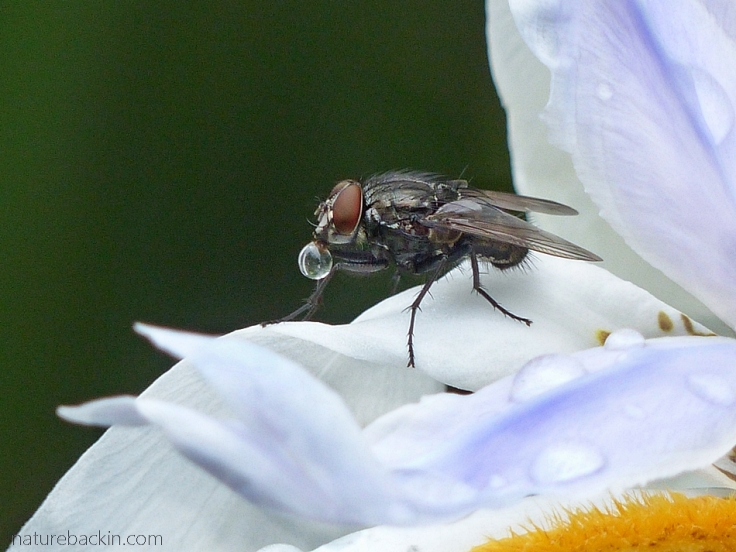
This fly, possibly one of the Tachinid flies, is stationary on a petal of a wild iris (Dietes grandiflora) while it bubbles a fluid droplet
So why do flies do this? It is not entirely certain why, but it has long been thought that it is most likely related to the digestive system and/or to do with thermoregulation.
The findings of several investigations into this bubbling behaviour in flies is summarised in the 2019 article referenced below. So for example, in addition to droplet regurgitation being thought to be a mechanism to evaporate excess water from liquid food or as a thermoregulatory mechanism, it has also been suggested that it might be a mechanism for getting rid of toxic substances. It might also be part of complex interactions between plants and insects. In fruit flies there is evidence that it might be to do with the production of sexual pheromones in males to attract potential mates.

After a while this fly stopped the bubble-blowing process and proceeded to spend some time apparently cleaning its forelegs and face before flying away
Tachinid flies are of medium size and are usually quite bristly. The adults feed on nectar and play a significant role as pollinators. They lay their eggs on or near a variety of host species of insects and centipedes where the larvae become internal parasites feeding on their hosts from within. Because their hosts include caterpillars, beetles, grasshoppers and other insects that can be pests to many agricultural crops, Tachinid flies are important as biological pest controllers for agriculture (as well as for gardens).
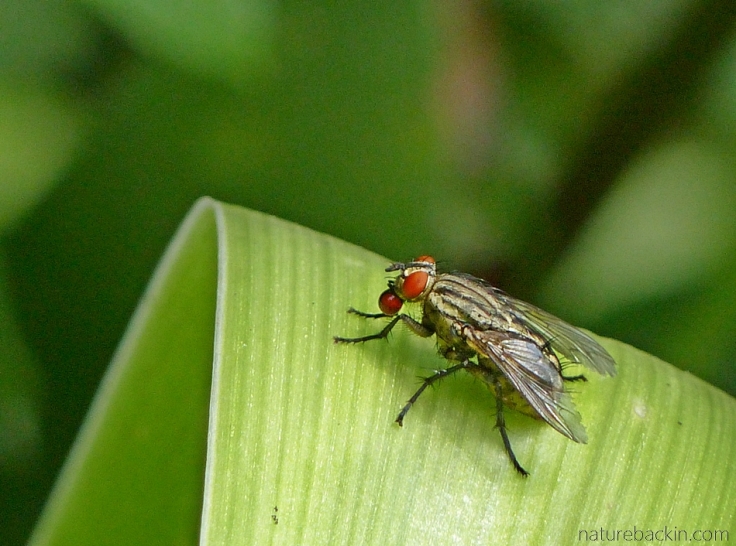
Another fly that is bubble-blowing in the garden. The droplet that this one is regurgitating is opaque and ruby-red in colour
At first I thought that this fly was likely to be another Tachinid, but because of its red eyes and striped thorax, I think that it is one of the flesh flies in the Sarcophagidae family. These flies feed on decaying organic matter, including animal corpses, as well as on faeces, where the female flies deposit live larvae (maggots). The maggots’ superfast eating habits contribute to getting rid of rotting matter, and like other fly and beetle species that utilise carrion, they are beneficial members of nature’s clean-up crews.
A subfamily of Sarcophagidae, the Mitogramminae, are specialist parasitoids of wasps and bees, and in addition there is one species, the locust fly (Wohlfahrtia pachytyli) that parasitizes brown locusts (Locustana pardalina) and is an important biological control agent for locust swarms.
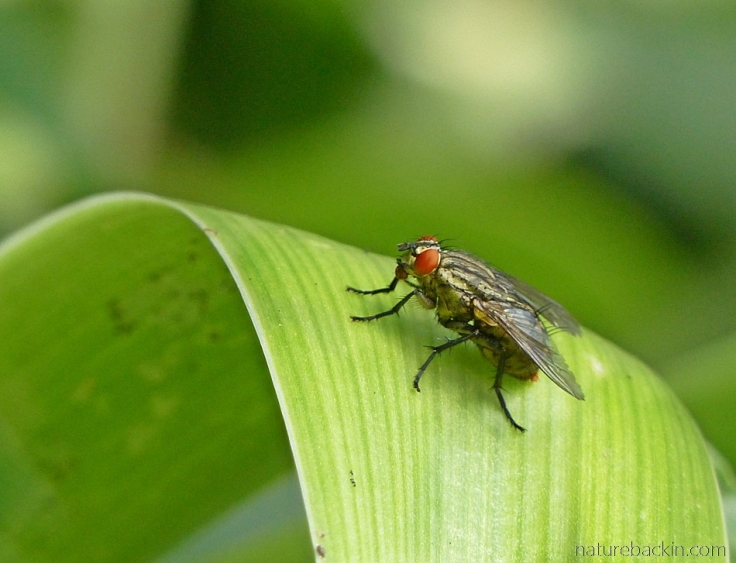
Having sucked the droplet back in, the fly is starting to regurgitate another droplet that swells in size until once again it sucks it back in before repeating the process several times
I have mentioned bubble-blowing in a previous post where I also discuss the importance of flies as pollinators. Although usually despised and swotted on sight when possible, flies have overtly beneficial aspects that are not well known or are overlooked. These beneficial aspects include their roles as pollinators, pest controllers and their disposal of carrion and other rotting material. In addition to all that, their bubble-blowing is an intriguing oddity to marvel at.
This video clip shows the same fly photographed above sucking in and regurgitating a droplet of fluid.
Please excuse the hand-held camera wobbles. Unexpected sightings such as these have to be captured immediately without delay and often the critters can only be observed from awkward angles so using a tripod is not something I manage to do.
Tomorrow we enter another level of lockdown, where some additional areas of economic activity will be allowed in an incremental fashion. Because we are in the relatively early stages of the pandemic in this country, the conditions of the lockdown remain severe, with the addition of a nationwide curfew from 8 p.m. to 5 p.m. for everyone except essential workers.
Apart from those permitted to leave home to go to work, the rest of us may only leave home to buy food or medicine, to seek medical care or to access social grants. However, from tomorrow we may leave home to exercise, that is to walk, jog or cycle, but only between the hours of 6 a.m. and 9 a.m. Also when exercising, we are limited to remaining in our own neighbourhood within a maximum radius of 5 km.
So tomorrow morning, after five weeks of lockdown, we will be venturing out to take ourselves (and our dogs) for a much needed walk. When going out, in addition to sanitizing and maintaining social distance, it is mandatory that everyone masks the nose and mouth by using a homemade fabric mask or a scarf or even a T-shirt.
For anyone interested in making their own face mask, I used this free pattern to make a mask that fits really well – see https://www.craftpassion.com/face-mask-sewing-pattern/#face-mask-pattern
Stay safe everyone!
References:
Guillén, L., Pascacio-Villafán, C., Stoffolano, J. G., López-Sánchez, L., Velázquez, O., Rosas-Saito, G., Altúzar-Molina, A., Ramírez, M., & Aluja, M. 2019. Structural Differences in the Digestive Tract between Females and Males Could Modulate Regurgitation Behavior in Anastrepha ludens (Diptera: Tephritidae). Journal of Insect Science 19(4), 7. https://doi.org/10.1093/jisesa/iez070; Londt, Jason. 2009. Suburban Wildlife in KZN. A Wildlife Handbook, WESSA KZN; Picker, Mike, Griffiths, Charles & Weaving, Alan. 2019. Field Guide to Insects of South Africa. Cape Town: Struik Nature.
Posted by Carol

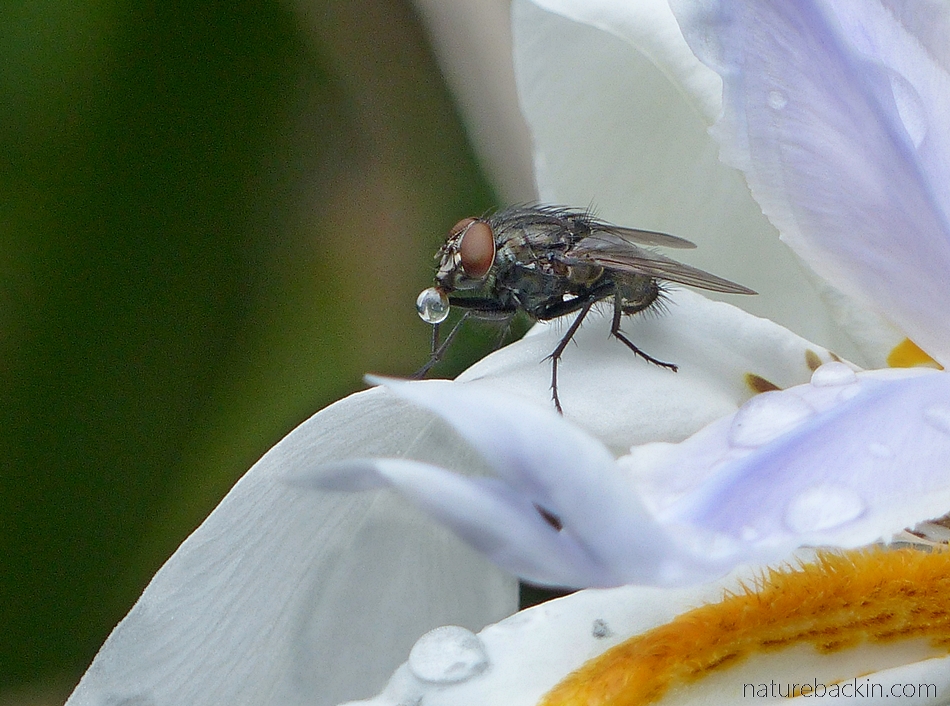




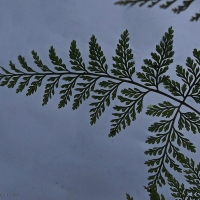
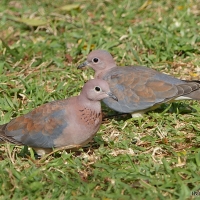
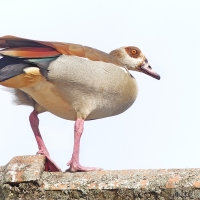
July 17, 2020 at 11:26 pm
Thank you so much for your post. I just observed this phenomenon for the first time today here in California. I didn’t know exactly what I was seeing, so I found your great post and video. Who knew?
We are now 4 months into this pandemic here in the US and doing a horrible job of containing it. It doesn’t help to have a president that doesn’t believe in wearing a mask.
I hope you are well and I’m glad that all of us on this thread are finding comfort in nature.
Amy in SF.
LikeLiked by 1 person
July 20, 2020 at 5:36 pm
Thank you Amy, and interesting that you too observed a fly ‘bubble blowing’.
Here in SA we are also on an awful trajectory in this pandemic. Even though wearing a mask is now mandatory, it is very difficult for many people to maintain social distance because of social circumstances, public transport and so on. Infection rates are surging here currently.
I am okay thanks and we are trying to stay as safe as we can. I hope that you are too, and it is good to be in the virtual company of people who also find comfort in nature. Sending best wishes from South Africa.
LikeLike
May 11, 2020 at 4:45 pm
I enjoyed your video of the bubble-blowing fly, especially fascinated by the color of the bubble. Reminded me of my bubble-gum chewing as a child and the contests my friends and I would have around who could blow the biggest bubble and make it last the longest! Funny what comes to mind when observing Nature.
It is good to be aware of – and then remind ourselves – of the many important jobs that these little buggers have! The piccolo and the triangle have equally important parts in the orchestra as the tuba and the timpani.
LikeLiked by 1 person
May 11, 2020 at 6:20 pm
The bubble-gum comparison is amusing and one can’t help wondering if the flies enjoy the bubble-blowing process! I could not find any explanation as to why the fly bubbles can be different colours. Perhaps it depends on what they have been eating.
And yes indeed there are many players in life’s orchestra 😊
LikeLiked by 1 person
May 10, 2020 at 9:02 am
It is easy to overlook flies but as you demonstrate, they do show some interesting behaviour. I am glad that you are able to exercise again. We may or may not have some restrictions lifted here later today (not that I believe anything in the British press – it’s been even worse than usual lately). Take care!
LikeLiked by 1 person
May 10, 2020 at 6:24 pm
The diversity of flies and their survival strategies seem to be most intriguing – or so I gather from a smattering of random information.
Yes it is good to be able to walk again. But very worrying times as our infection rates are escalating. Thank you and you take care too.
LikeLike
May 3, 2020 at 11:26 pm
This is fascinating, Carol! And what terrific photos of this bubble blower. Enjoy your next stage of freedom. In SF, we have been allowed to exercise, cautiously avoiding any people. And we wear masks now all the time when out of the home. We are in week 8 of isolation. Things are starting to open in various states which is controversial given the number of cases. Stay safe.
LikeLiked by 1 person
May 4, 2020 at 8:22 pm
Thank you Jane.
Yes relaxing restrictions is very tricky. We are in our 6th week of lockdown and the peak of projected infections is still someway off – initially it was thought August-September but if things escalate more possibly July, so that is why there has been only a minimum relaxation of restrictions as it is still relatively early days. At the new level of restrictions, restaurants may now do home delivers but not takeaways, which is hitting such businesses extremely hard. Restrictions on tobacco products and alcoholic beverages remain and they may not be sold at all.
The number of cases in the US is staggering and so going slowly seems to be the safer though controversial and contested course to follow. You keep safe too.
LikeLiked by 1 person
May 3, 2020 at 10:39 am
Who would have thought it! This is all new to me, Carol, and quite fascinating. The video is remarkable. (And scarcely shakey at all!) I imagine you have taken your first couple of walks by now. We have always been permitted to exercise and where I am of course, there are very few people anyway. But I think masks will feature in the announcements due here this week; something that will feel very strange indeed.
LikeLiked by 1 person
May 3, 2020 at 8:43 pm
Yes we have started walking again. Few people walk in the local plantation, but there are several joggers and cyclists about and our neighbours walk their dogs there too. It has been nice to get out and stretch the legs, but the plantation is not all that appealing, although it is a lot better than pounding side walks.
Strangely, even before masks became mandatory, those going to the grocery stores without masks became the odd ones out. However, there are those few who think its adequate to wear their masks under their chins!
LikeLiked by 1 person
May 1, 2020 at 7:39 pm
Bubble-blowing flies really are very interesting and perhaps even endearing – especially when tyhey blow their bubbles in the garden and not in the kitchen. Your photographs are excellent again too, Carol.
Pity I can’t feel so accommodating about bubble-blowing humans. Nothing, and I honestly mean nothing, gets my goat as much as someone blowing chewing-gum bubbles. If ever I go to jail for murder the chance is 99.9% that I was triggered by a chewing-gum bubble…
LikeLiked by 2 people
May 1, 2020 at 8:14 pm
It is amazing that we can come to see flies as endearing, and I agree they are more so in the garden than in the kitchen!
I know what you mean about bubble-gum chewing and the blowing of gum bubbles being irritating. Perhaps the wearing of face masks will have the unintended effect of cramping the style of bubble-gum fans …
LikeLiked by 1 person
May 2, 2020 at 5:37 am
Now there’s a silver lining to this dark cloud hanging over us!
LikeLike
May 2, 2020 at 2:27 pm
😉
LikeLiked by 1 person
May 1, 2020 at 11:28 am
Great post as always.
I’ve managed a couple of shots of a fly on an aloe exhibiting this odd behaviour a few years ago, but never seen it since.
I wanted to go for a jog around Observatory this morning, but my missus refused to let me out! ”Run around the garden like the cats and dog!”
I read an article yesterday from a group of SA actuaries about projected mortality figures in South Africa come July/August based on current infection/death rates if no vaccine is produced .
The projections are really scary!
I am reminded of the crew on the bridge of the Titanic. ”No worries, it’s only a small iceberg.”
LikeLiked by 1 person
May 1, 2020 at 8:06 pm
Thanks Ark. Yes bubble-blowing is not something one is able to see that often.
Well I hope you enjoyed your run around the garden! We are fortunate in that we are near plantation and can walk there, even though plantations are not exactly notable in the diversity department!
I have read an article too about those projections. It is extremely scary. I am worried about both the iceberg and the ship itself, but that is an analogy that does not bear thinking about, or should I say I cannot bear thinking about it.
Keep well and safe.
LikeLiked by 1 person
May 1, 2020 at 9:50 am
If the proverbial fly on the wall could really talk, I suppose it would say that some human behaviours are extremely strange. I was taken aback and fascinated by your detailed explanation of bubble blowing in flies. Thanks Carol.
LikeLiked by 1 person
May 1, 2020 at 7:58 pm
The complexities of insect life are incredible. And there is so much that is not properly understood and likely so much more that is not even known.
I like that there is so much to explore and observe in our own backyards and once we start adjusting our gaze we might see even more at smaller and smaller levels.
LikeLiked by 1 person
May 1, 2020 at 7:58 am
Fabulous post, Carol, and flies are indeed fascinating in their habits and important pollinators as you say. Great pictures of them blowing bubbles!
LikeLiked by 1 person
May 1, 2020 at 7:43 pm
Thanks Pete. It is only relatively recently that I have come to realize how interesting and varied flies are and to understand how important they are as pollinators. The bubble-blowing is amazing too!
LikeLiked by 1 person
May 1, 2020 at 7:28 am
‘Curiosities’ is absolutely the right word. This was fascinating. I’m glad your restrictions are – just a little – eased, and Ill be taking a careful look at that face mask, as I think the need for those will come next here. Thanks!
LikeLiked by 1 person
May 1, 2020 at 7:41 pm
Yes it was nice to get out for a walk today. The face mask is a bit fiddly to make but there is a very clear video as to how to do it. One thing I found useful is that it has a channel for a bendy bit of wire or a pipe cleaner or such like to go over the bridge of the nose. The wire helps shape the mask over the nose so that it fits closely, as otherwise I find my glasses steam up!
It is mandatory here to wear a mask when out as it is thought that it may reduce carriers, especially asymptomatic carriers, spreading the virus. It is emphasized that maintaining social distance, not touching the face (or mask) and regular hand sanitizing/washing remain important.
LikeLiked by 1 person
May 1, 2020 at 8:10 pm
It looks as though it will be here too soon, so I’d better get my head round it all. Thanks!
LikeLiked by 1 person
May 1, 2020 at 5:45 am
As always Carol your blog is full of interesting facts and beautiful photographs! Thank you! Enjoy your walks… xxx
LikeLiked by 1 person
May 1, 2020 at 7:34 pm
Thank you Christine. We did enjoy the first walk today thanks, although it was very muddy underfoot after the recent heavy rains. It was nice to get out and get some exercise and although walking in the nearby eucalyptus plantation isn’t exactly the countryside, it is better than a lot of other options.
LikeLiked by 1 person
May 1, 2020 at 5:36 am
I commend your patience and keen observation. This has been another fascinating read.
LikeLiked by 1 person
May 1, 2020 at 7:31 pm
Thanks a lot Anne. The first time I noticed a fly with a bubble I was amazed!
LikeLike
May 1, 2020 at 5:11 am
Another very interesting post – I shall try to look at flies in a new and more gracious way Carol!
LikeLiked by 1 person
May 1, 2020 at 7:28 pm
Thank you Carol. I find that I look at flies differently now, and take more notice of how varied they are and also how some plants seem to be predominantly pollinated by flies.
LikeLiked by 1 person
May 1, 2020 at 3:15 am
Thanks for the pattern for masks and perspective on flies
LikeLiked by 2 people
May 1, 2020 at 7:26 pm
It is hard to believe that our lives have changed so much so quickly, even in relatively small ways such as that we now all need to wear masks when we are out. I hope you find this pattern useful.
LikeLike
May 1, 2020 at 7:46 pm
My sentiments exactly. xx
LikeLiked by 1 person
April 30, 2020 at 11:24 pm
im always amazed at the clarity of your photos. i look at the flies around my place but they are on the fly sticks and fly bags used to help control them. lol
as for why the flies “blow bubbles?” maybe because they like it? lol
LikeLiked by 1 person
May 1, 2020 at 7:22 pm
Thanks Buddy. Seems likely there are various reasons why different species of fly bubble-blow, and cos they like it may well be one of them, even though it is a theory that is hard to test!
LikeLike
April 30, 2020 at 11:18 pm
Glad to read that you are finally able to get out for walks – I don’t know how you’ve managed all this time. Talk about stir-crazy!
Interesting post about flies blowing bubbles – such a curious behavior. When you mentioned meat/carrion flies being helpful in cleaning up the environment I thought of the story of Vietnam prisoners of war who got no medical attention letting flies lay maggots on their gangrenous wounds. Horrifying to think about, but the maggots only ate the rotten flesh, cleaning the wound and allowing it to heal. Essentially they were lifesavers.
LikeLiked by 1 person
May 1, 2020 at 7:18 pm
We went for our first walk this morning in the nearby eucalyptus plantation – it was muddy but nice 😊
It is fascinating that fly maggots can be so effective in wound cleaning. I gather that in the era of growing resistance to antibiotics, there is a turn towards using sterile maggots for wound cleaning in medical settings, whereas they were used out of desperation by POWs and also for soldiers injured in battle. Definitely makes one squeamish at the thought though.
LikeLiked by 1 person
April 30, 2020 at 8:58 pm
How interesting. I’ll have to watch my local flies more closely to see if they’re also doing this. Glad to hear you’ll be able to get out a little bit. Yours has been a quite draconian lockdown. Ours is a bit more lenient, but it has now been extended through May. I suspect that during the month there might be some easing of restrictions, such as more businesses being allowed to operate. The Big Island really hasn’t been affected too badly. There have only been 70 cases on the island and nearly half of those sprang from a McDonald’s employee who also lived in a large family household. Take care.
LikeLiked by 1 person
May 1, 2020 at 6:56 pm
I’ll be interested to hear if you do see any bubble-blowing flies. Its not something I often see, and very easy to overlook!
Yes the lockdown here is severe. I hope that on the Big Island they are able to track and trace and isolate people who might have been infected and keep the numbers under control. Here the numbers are escalating but testing too is increasing. Incredible that this ongoing crisis is worldwide.
Thanks and you take care too.
LikeLiked by 1 person
May 1, 2020 at 8:10 pm
The plan in Hawaii has largely focused on not letting the virus get too established. The first cases were people visiting or returning to the islands so they brought in a 14-day quarantine for anyone arriving in Hawaii and even traveling inter-island. This has made the most difference I think. If the virus did get established, I suspect the system here would break down fairly fast. For example, the quarantine has really discouraged people from coming, but for those that do, there’s really not much follow up to make sure they’re following quarantine rules – and quite a few people aren’t.
LikeLiked by 1 person
May 1, 2020 at 8:27 pm
It is a similar situation here, although on a larger scale compared to Hawaii. The first infections were brought in by travelers and compulsory 14-day quarantining was required for arriving travelers from quite early on, and also points of entry were closed with only returning citizens permitted into the country (and also being subjected to quarantine). Our borders and points of entry remain closed, and inter-provincial travel is not permitted.
Despite all this, community transmissions did start happening and the situation was/is enormously complicated by the asymptomatic carriers especially when there is not enough testing capacity to test everyone. The situation really is overwhelming, although there is evidence that our relatively early strategies and then lockdown did help flatten the curve initially, and preparations for the anticipated high levels of infection are ongoing, such as establishing field hospitals and so on.
LikeLiked by 1 person
May 2, 2020 at 6:57 am
I guess we’ll have to wait a while to see how this all shakes out. I can’t see things getting back to normal here any time soon.
LikeLiked by 1 person
May 2, 2020 at 2:31 pm
I doubt it will be getting back to normal anywhere anytime soon. Economies that rely heavily on tourism as I imagine Hawaii does, are likely to have a particularly long road to tread.
The advice generally given is don’t worry about what you can do nothing about, focus on what you can do something about – however, that is a lot easier said than done …
Take care.
LikeLiked by 1 person
May 2, 2020 at 4:23 pm
You take care also.
LikeLiked by 1 person